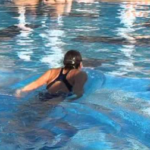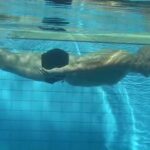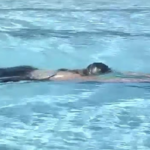Benefits and Research
The Alexander Technique attracts individuals wanting to improve mobility, ease postural discomfort, reduce chronic pain, and manage stress, while others seek lessons to advance their skills in the performing arts and athletic endeavours. Browse the menu lists below to learn more about how Alexander Technique can benefit you.
Use of resources
Please note that the content within the Research & Resources and Videos sections is provided only for general information purposes.
Use of Resources
Please note that the content within the Research & Resources is provided only for general information purposes. Many of the resources, such as books, are not free. Links to other websites or platforms are provided for viewers’ convenience, but ATC does not control or monitor them and accordingly cannot endorse their information or guarantee its accuracy and relevance. The use of content or links to third-party websites is at the viewers’ own risk. Viewers should contact an ATC-certified Alexander Technique teacher with any questions about the application of Alexander Technique to their specific issues.
Swimming
- Benefits
- Resources
- Videos
- Testimonials
Alexander Technique encourages fluid and expansive movements that use the water to the advantage of the swimmer.
The fear of drowning or not being able to breathe sets up challenges unique to amateur swimming. These fears can create the tendency for swimmers to take a breath by pulling their heads too much out of the water with far too much neck tension. This results in an arching and rigidity of the back and sinking of the lower body, as too much of the upper body comes out of the water. The body cannot remain streamlined at the surface of the water when this sequence of events occurs. Uneasy swimmers may also uncomfortably gasp for a breath, in a flight or fight response, which tightens the neck and whole body further.
Individuals may move their arms and legs too fast with excess muscular effort and stiffness in a misguided understanding of how to stay afloat. They end up with too much flailing motion that punches the water, creating additional resistance.
Distortions of the body become evident, such as when the hips move from side-to-side because the spine is not lengthened but tightened as a result of an over-extension of the arm. Swimmers can over–rotate their entire bodies, instead of keeping the hips square, creating greater resistance and inefficiency in the water.
Some inexperienced swimmers may push the water down, instead of behind them, as an unconscious desire to keep their heads out of the water. Besides not using the arms efficiently and fluidly as they enter and exit the water, swimmers may not kick using the hips and legs in an integrated manner and so they may end up kicking only from the knee to the foot.
With the use of Alexander Technique, breathing becomes quieter, calmer, and rhythmically consistent. In the front crawl, for example, swimmers learn to turn the head just sufficiently to encourage an opening of the chest, an expansive armpit, and an unforced extension of the arm.
With a lengthened and widened torso, long energized limbs, and supple neck, Alexander Technique helps prevent swimmers from fighting the water. They build awareness of the orientation and line of their bodies that helps them streamline their movements. They find they can more easily correct technical problems when they can swim with the integrity of a functionally-unified body.
Swimming is a complex task and as Lawrence Smith points out, “Swimming demands constant mobile direction, checking on body rotation, hand entry, pull and exit, and especially neck release, lengthening through each stroke.” Alexander Technique helps make this process easier.
There are no testimonials currently available.








